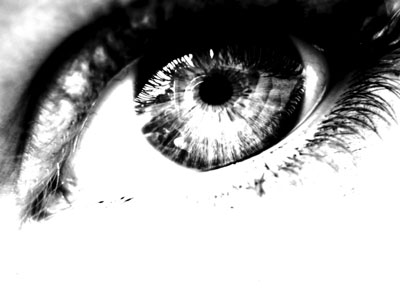All Nonfiction
- Bullying
- Books
- Academic
- Author Interviews
- Celebrity interviews
- College Articles
- College Essays
- Educator of the Year
- Heroes
- Interviews
- Memoir
- Personal Experience
- Sports
- Travel & Culture
All Opinions
- Bullying
- Current Events / Politics
- Discrimination
- Drugs / Alcohol / Smoking
- Entertainment / Celebrities
- Environment
- Love / Relationships
- Movies / Music / TV
- Pop Culture / Trends
- School / College
- Social Issues / Civics
- Spirituality / Religion
- Sports / Hobbies
All Hot Topics
- Bullying
- Community Service
- Environment
- Health
- Letters to the Editor
- Pride & Prejudice
- What Matters
- Back
Summer Guide
- Program Links
- Program Reviews
- Back
College Guide
- College Links
- College Reviews
- College Essays
- College Articles
- Back
Lighting and Meaning of Touch of Evil
The film Touch of Evil is about betrayal, corruption of
authority figures and appearance vs. reality. This is
evident in the scene where Susan, Vargas’ wife, was laying
on a bed in the Ritz Hotel. Quinlan and Grandi enter the
rundown hotel room. Quinlan, who suspects that Grandi may
betray him, plans a way to hide his involvement the plot to
frame Susan and Vargas. He locks the door and takes out
Vargas’s gun to force Grandi to phone the police of Susan’s
Whereabouts. Quinlan then puts on black gloves and proceeds
to strangle Grandi with one of Susan’s leggings in a way
that symbolizes his own wife’s murder. Grandi then falls
over dead onto the bed frame, right above Susan’s face..
Quinlan then leaves the room, forgetting his cane again.
Director Orson Welles helps us understand the mood and theme of the movie using light. At the time where Quinlan and Grandi enter the hotel room, the only light is the
Uncertain electric and somewhat neon lights coming from the
window. The mostly dark and shadowy lights insinuate the
evil that the men hoped to accomplish. The hard lighting
of this scene attracted the audience to the faces of the
characters to expose their true intentions. I feel that
Welles used sidelighting throughout the film, including my
chosen scene because it lighted the characters in a way that
showed through their false identities. For example Hank
Quinlan was a hugely respected cop for about 30 years until
he basically outed himself by leaving his cane at the scene
of the crime. All throughout the hotel scene, his face had a
sort of trail of small and large shadows upon it. This, in
my opinion, made his character a little more intriguing in
the sense that he himself was an entirely different mystery
to solve. I wanted to explore his state of mind to figure
out why he reacts to things the way he does. The hotel room
scene had a high contrast lighting because it appeared
strong. The character’s facial expressions were clear and
some of the most important features were highlighted. The black and white color of the film added to the utter
excitement and almost dramatic feeling of the movie. If it
had been in color, the film would not have been as effective
because black and white can be symbolized as the unknown,
whereas color tends to bring everything out into the open.

Similar Articles
JOIN THE DISCUSSION
This article has 0 comments.
